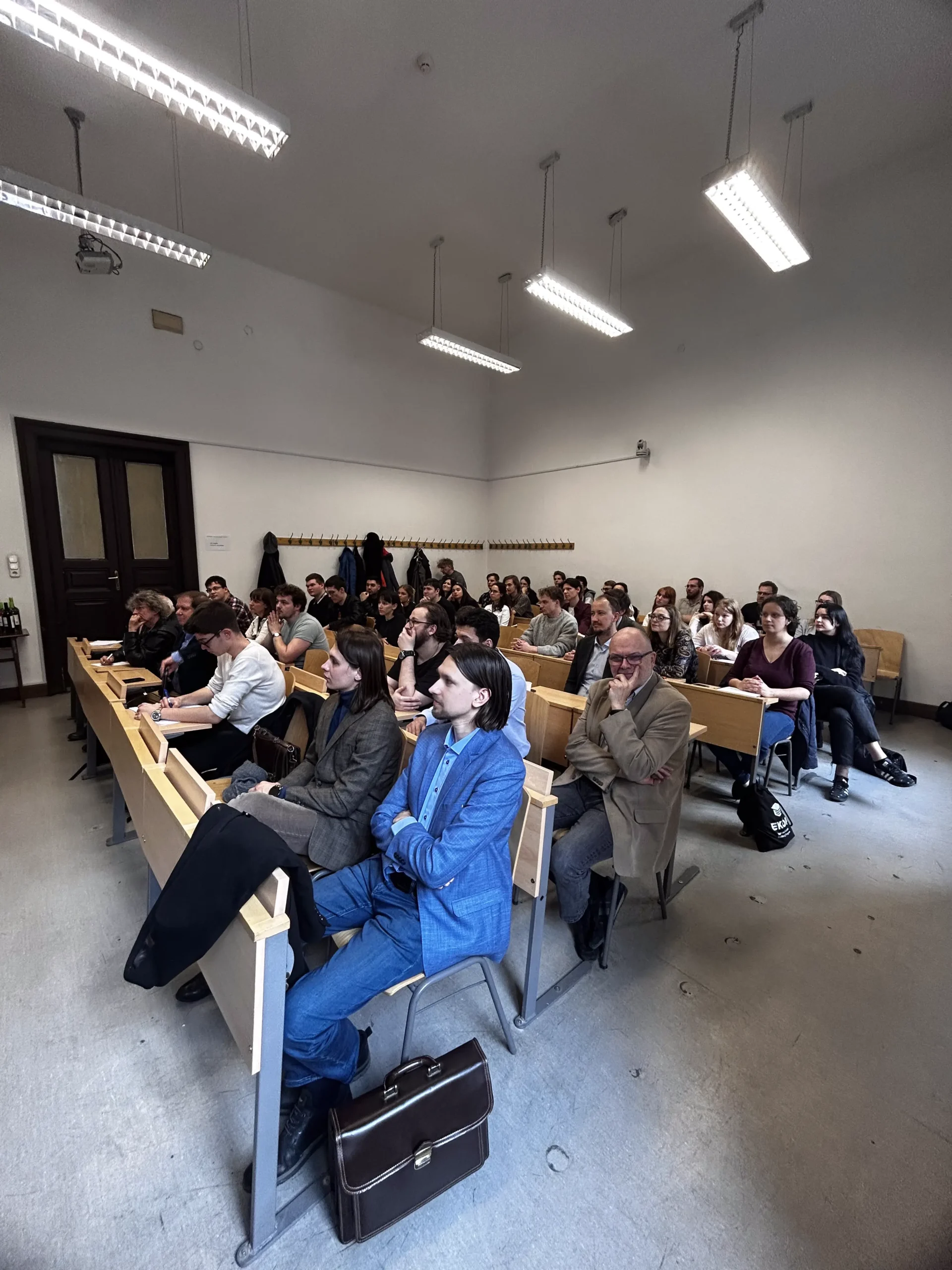The arrival of the Polish armies, muster – Tolna
Fact of the Hungarian figure „The vast cemetery of our national greatness” – The Battle of Mohács”
Part of the „The myth of national disaster” topic
As the threat of the Ottoman Empire loomed over Hungary, King Louis II mobilized his forces to prepare for the impending conflict. Departing from Buda on July 21, 1526, the king’s initial force included soldiers from the ranks of the Archbishop of Esztergom and Queen Mary, totaling around three thousand horsemen and foot soldiers. Upon arriving in Tolna on August 6, the king’s forces had grown significantly, with the cavalry expanding to approximately four thousand soldiers.
At Tolna, a critical moment in the lead-up to the Battle of Mohács, the Hungarian army was bolstered by the arrival of additional forces. High-ranking priests and lords, including Szapolyai György from Trenčín, joined the king’s ranks. Notably, the army was also reinforced by four thousand Moravian and Polish infantrymen. These mercenaries were hired on behalf of Papal nuncio Burgio by three captains: Captain Balthassar, who mustered troops in Moravia, Annibale Cartagine da Este di Padovana, an Italian-born chamberlain commanding 1,300 mercenaries, and a Polish officer known as Gnoynsky, who led 1,500 Polish mercenaries into the camp.
By August 25, the Hungarian forces were further strengthened when Pál Tomori, the Archbishop of Kalocsa and the supreme commander of the Hungarian army, joined forces with the king, completing the army’s formation. The exact numbers of the Hungarian forces vary according to contemporary sources. István Brodarics, who participated in the battle, estimated the army’s size to be between 24,000 and 25,000 soldiers, while a letter from the papal envoy to Rome placed the number between 25,000 and 30,000. Current consensus among Hungarian military historians estimates the total headcount at around 27,000.
Despite the assembly of these forces, including the crucial Polish and Moravian reinforcements, the lack of time and coordination proved detrimental. The Hungarian army, though significantly bolstered by the arrival of these additional troops, faced the well-prepared and vastly superior Ottoman forces at Mohács. The battle ended in a catastrophic defeat for Hungary, highlighting the challenges of mobilizing and effectively coordinating a multi-national defense in the face of a rapidly advancing enemy. The events at Tolna, where the Polish armies joined the Hungarian forces, underscore the complexities and difficulties of Central European alliances during this pivotal moment in history.





